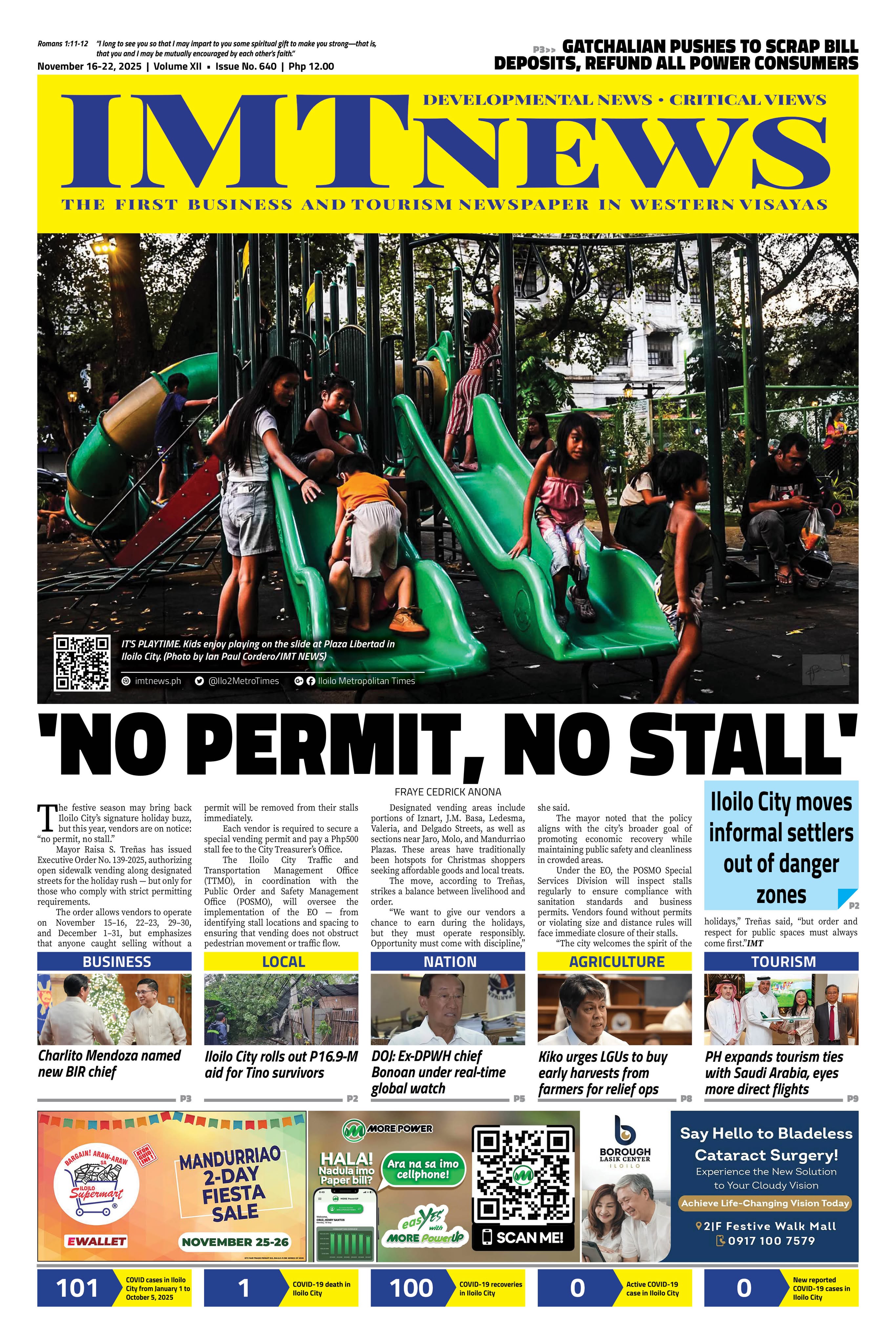In a country that consistently struggles to perform in global science and math assessments, one would expect its education system to ensure that only the best-prepared professionals handle these subjects. But reality, backed by hard data from the Second Congressional Commission on Education (EDCOM 2), tells a far more disturbing story: 98% of physical science teachers in our public high schools teach subjects they did not major in. That is not just a statistic—it is a loud alarm bell. Only 2% of physics teachers are actually trained in the field. Let that sink in. Would you board a plane piloted by someone who studied automotive repair?
And when you think that is the peak of the crisis, FLEMMS 2024 recently drops another bombshell: over 18 million high school graduates from 2019 to 2024 are functionally illiterate. They hold diplomas, but many cannot fully comprehend a basic news article, interpret signage, or follow written instructions. These are not out-of-school youth. They are our neighbors, workers, and, in some cases, even classroom instructors. The Philippine Statistics Authority (PSA) has redefined functional literacy to mean more than just reading or writing—it now includes comprehension and the ability to apply knowledge in real-world scenarios. By that standard, we are looking at a silent catastrophe.
EDCOM 2 Executive Director Dr. Karol Yee points to a root cause: a chronic misalignment between teacher training programs, licensure requirements from the Professional Regulation Commission (PRC), and actual school curriculum needs. Teacher education graduates are being prepared for exams and not necessarily for the realities of the classroom. For instance, job postings labeled “Teacher I” often fail to indicate subject specificity. A Music or MAPEH graduate might find themselves explaining Newton’s Laws or balancing chemical equations on their first day—tasks they were never prepared for.
This disjointed recruitment and deployment system is no accident. It is a policy and pedagogical disaster decades in the making. According to a 2016 World Bank study, high school math teachers in the Philippines answered only 31% of math questions correctly, and only 30% of science teachers reached the mastery range. These are not just cold numbers; they represent years of institutional neglect. Like asking a fish to climb a tree, we misassign our educators and then express shock when students underperform.
Meanwhile, the consequences are mounting. The 2024 FLEMMS results showed a dramatic drop in functionally literate Filipinos—from 79 million in the previous count to just 60 million under the updated criteria. This redefinition did not cause the drop; it merely revealed what was already there: a generation that slipped through the cracks of an educational system too focused on form and too little on substance. Senator Sherwin Gatchalian rightly called it a national emergency, noting that 21% of our senior high school graduates cannot comprehend a simple story.
DepEd Secretary Sonny Angara responded by vowing to intensify literacy reforms, moving away from rote memorization and shifting towards critical thinking. He emphasized the need to deepen teaching strategies and maximize localized student data to tailor-fit interventions. That is a step forward, but the interventions may only scratch the surface without addressing the deeper problem of teacher mismatches and specialization gaps.
In a recent EDCOM 2 consultation, a seasoned teacher remarked, “I started as a generalist, but specialization should be part of our natural growth.” It was a quiet but powerful call to reform. No one is saying generalists do not matter—they do. However, when 98% of those teaching physics did not study physics, we moved from creative improvisation to institutional malpractice. It is like asking a first-aid volunteer to perform open-heart surgery.
Functional illiteracy and misassigned teaching are not separate crises. They are the same fire burning from different corners. Teachers unfamiliar with their subjects inevitably struggle to convey complex ideas. Confused and disengaged students either mimic what they do not understand or give up entirely. Over time, entire batches of students move forward, officially literate but functionally lost.
The hopeful news? There is movement. A Joint Memorandum Circular signed by CHED, PRC, and DepEd will roll out specialized licensure exams starting in 2025. That may bridge the gap between what we prepare teachers for and what we ask them to teach. Alongside that, Angara has committed to training reading specialists for every secondary school and administering reading inventories to identify struggling learners early on.
But real reform will require more than circulars and diagnostics. We must reimagine the architecture of our education system—from how we recruit and compensate teachers to how we assess student learning to how we empower local governments to support schools meaningfully. The Philippine Youth Development Plan (PYDP) and the UN Sustainable Development Goals (SDGs) underscore inclusive, quality education. However, inclusivity is hollow without capacity, and quality is a fantasy when the system keeps asking teachers to teach what they do not know.
We cannot continue pretending that our resilience will fix everything. Filipino teachers are among the most adaptable in the world, but adaptability without support becomes exploitation. They deserve better. So do the 18 million students who graduated without truly learning.
If education is the foundation of our nation’s future, then ignoring these cracks today guarantees that the whole structure will collapse tomorrow. Let us match teachers to their fields. Let us ensure our graduates can comprehend the world they will inherit. Let us stop settling for less and build what our learners truly deserve.
Doc H fondly describes himself as a “student of and for life” who, like many others, aspires to a life-giving and why-driven world grounded in social justice and the pursuit of happiness. His views do not necessarily reflect those of the institutions he is employed or connected with.






